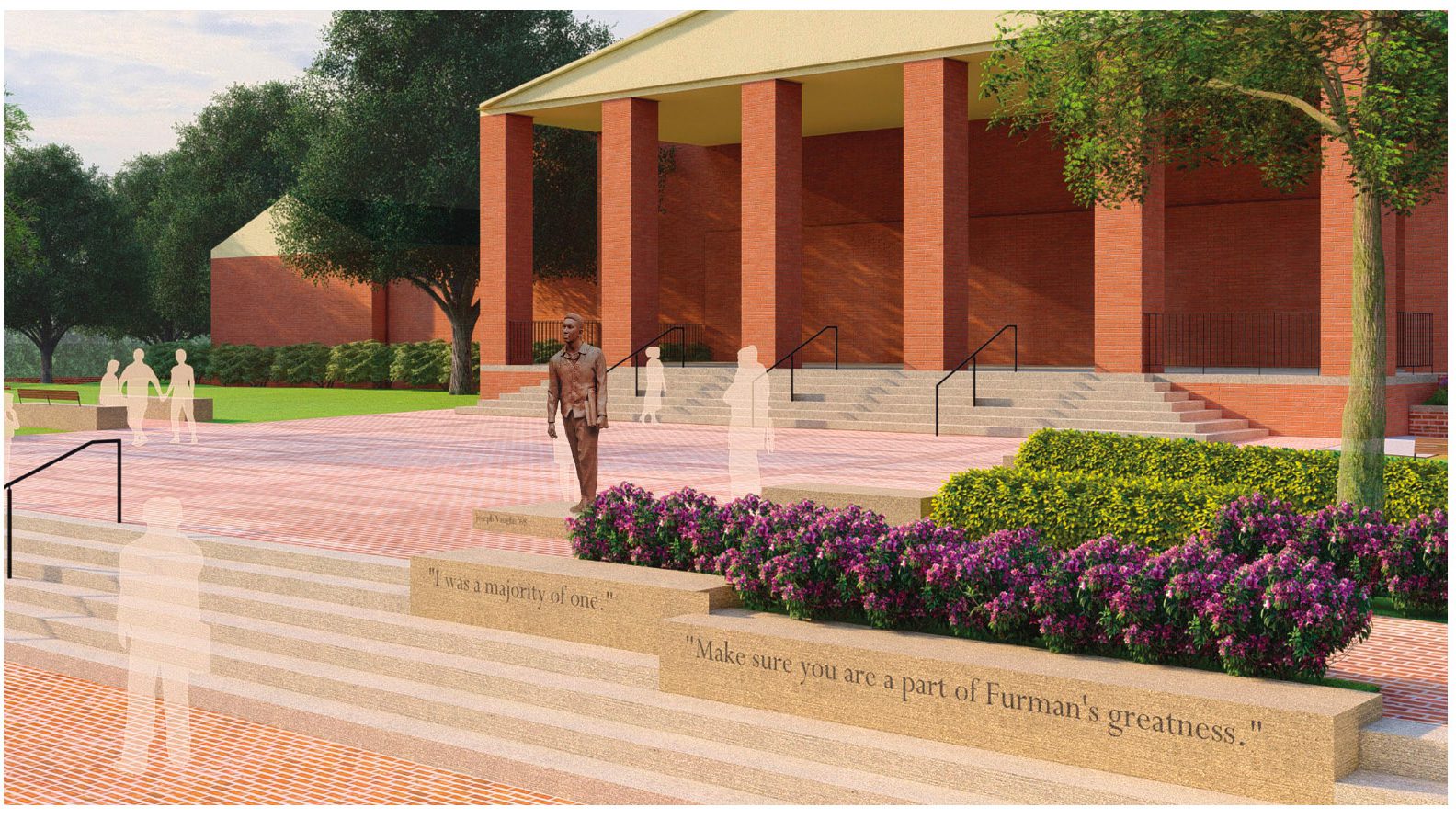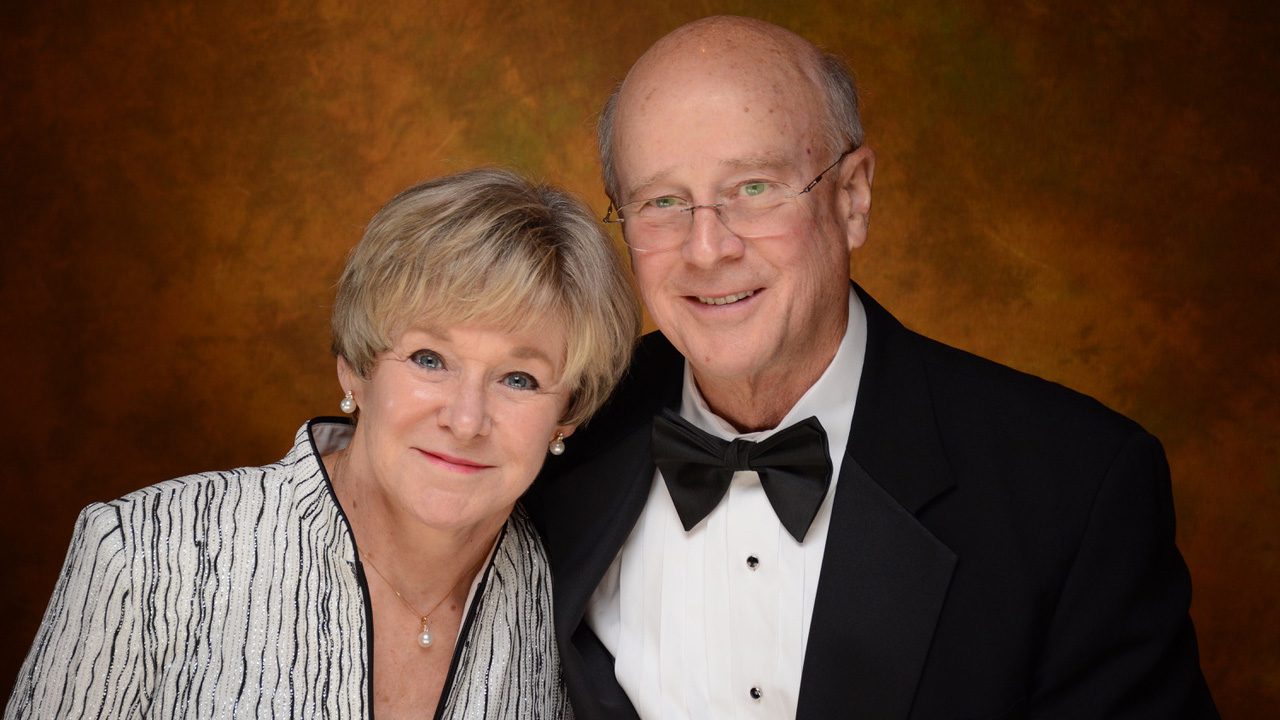
A Landmark Error
I enjoyed reading previous Furman alumni accomplishments in the recent Furman magazine article, “They Took What Was Possible – and Pushed It.” I didn’t know that Herman Lay, honorary Furman graduate, was the first CEO of PepsiCo. This is of particular interest to me, as I jog past the reconstructed Pepsi-Cola sign daily. The sign is actually located in Long Island City not Long Island, as noted on page 26. It’s confusing, but Long Island City is a neighborhood located in Queens and is part of NYC. Long Island City is technically located on the geologic island of Long Island, but Long Island in name refers to the area outside of the five boroughs of NYC. Attached is a recent selfie from one of my morning jogs. I’m wearing a mask made for me by Kathleen Gossman, a former Furman University theatre arts professor and one of my favorite professors from Furman.
Look forward to reading the next magazine,
Mariette Booth ’03
Furman theatre arts graduate and New York City actress

Mariette Booth ’03
Reflecting on Fonts
Hear! Hear! I am so glad to see the almost full-page letter from Robert Hall 1961-1963. A number of years ago I wrote your editor the same sentiments. Your choice of fonts out of all available is so dim, small and hard to read. I also think that a large number of your donors are getting older and are of the same opinion.
We look forward to the interesting content of your publication. My mother, Blanche Culbertson Acree ’40, still reads it at almost 101!
Page Robertson (1960-1964)
Birmingham, Ala.
Editor’s note: Thank you to all of our readers for your feedback on the magazine. We are keeping it in mind as we consider a redesign.
An Additional 50th Anniversary
This year marks the 50th anniversary of another crisis faced by Furman. On April 30, 1970, President Nixon announced his decision to expand the Vietnam War into Cambodia, sparking student protests nationwide. A few days later, Ohio National Guardsmen fired on a group of unarmed students protesting at Kent State University, killing four and injuring nine. Large student protests quickly spread across many college campuses; some enraged students occupied or damaged campus buildings. Police and National Guard troops were summoned to control the disruptions at several universities.
At Furman, the administrators responded promptly to the crisis by canceling classes for one day so that faculty and chaplains could lead voluntary discussion groups (called a “teach in”) with concerned students. Between meals, the Daniel Dining Hall became a letter-writing center with stationery, postage stamps and the names and addresses of newspaper editors and political leaders provided so that students could express their opinions and outrage in a constructive manner. On May 5, a candlelight march was held on campus to remember the fallen Kent State students. Some students wore black armbands. Students held a memorial service and peaceful protest on the front steps of the Duke Library.
I believe that Furman’s peaceful and constructive response to this tragic event was one of her finest hours.
Thomas A. McAbee ’71, Ph.D.
Greer, S.C.
Share Your Thoughts
If you have a story idea or want to let us know what you think about a feature in the magazine, email us at magazine@furman.edu.



